TABLE OF CONTENTS
The number of cores and threads your CPU has depends on several different factors including its brand, model, and generation.
Both numbers have constantly been on the rise for both AMD and Intel chips, with newer generation CPUs typically having more physical cores than their older counterparts.
If you’re reading this, you’re probably wondering how many cores and threads your particular processor has and whether or not it is powerful enough for the things you do on a daily basis.
Before we delve any deeper into that whole topic, however, we first need to cover the basics!
What Are CPU Cores and Threads?
There’s a world of difference when it comes to cores and threads, and yet they’re both incredibly important.
- A CPU core is a physical component within your processor and is used for executing various computational tasks and workloads
- A CPU thread is a virtual component that helps central processing units handle workloads more efficiently
To put it as succinctly as possible:
CPU cores are physical cores; CPU threads are logical cores with roughly 50% efficiency of their physical counterparts.
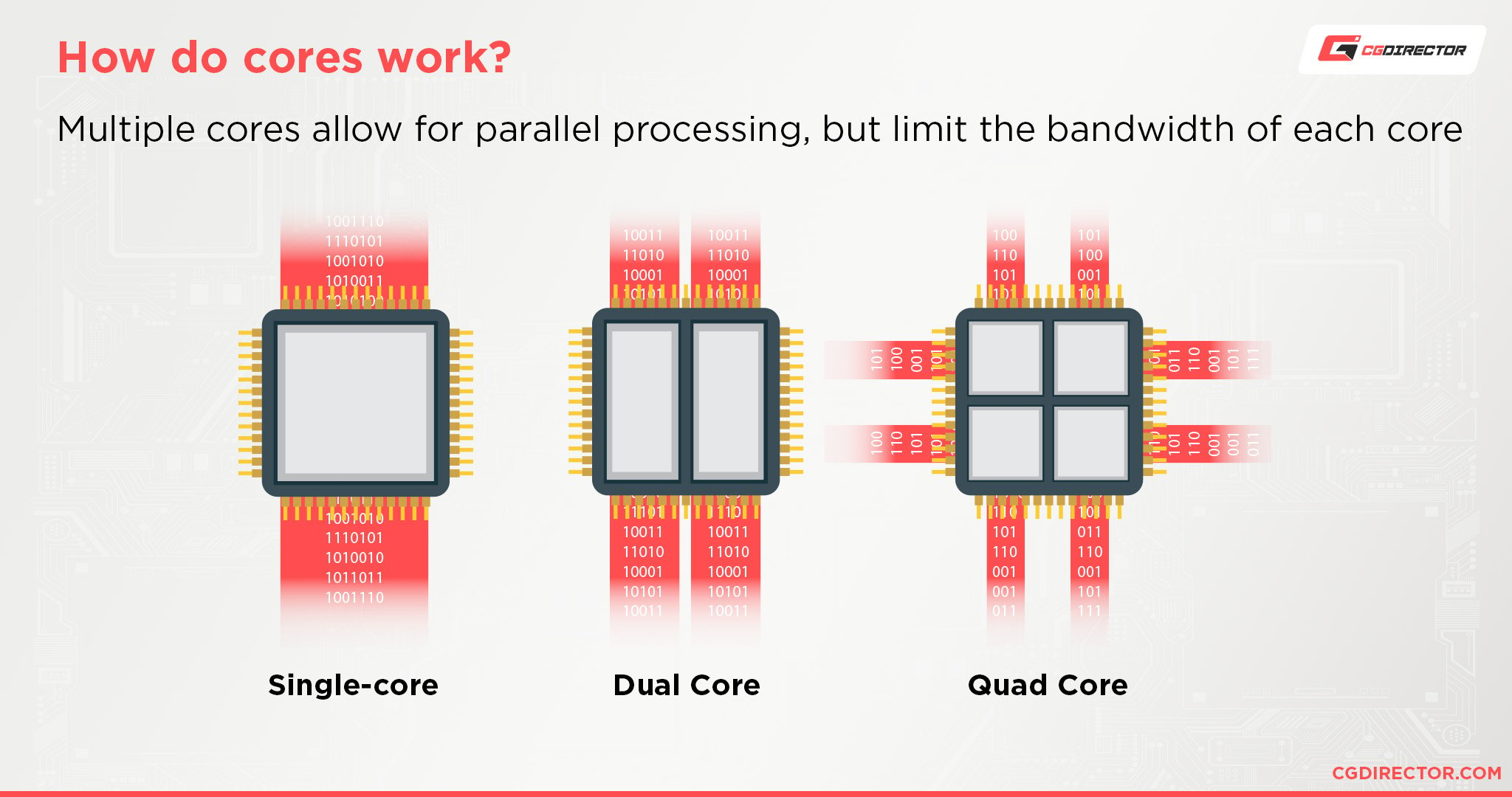
You can think of CPU cores as a person’s mouth which does all the eating, and threads as the hands which organize the workflow, chop up bigger pieces, and create an efficient eating workflow.
For a more detailed breakdown, check out this article.
Multi-threading and Hyper-threading Explained
We all know that the processor is the brain of the whole system; CPUs with more cores and threads, therefore, are faster because they can organize and execute multiple tasks simultaneously and at a more rapid pace.
You’ve probably also heard of hyper-threading and multi-threading. While they might sound similar, they’re actually two vastly different things.
Hyper-threading was originally developed by Intel, and it efficiently “tricks” operating systems into thinking there are additional separate cores present.
So if you happen to have a dual-core Intel processor with hyper-threading, your OS will see it as a CPU with two physical and four logical cores. Without hyper-threading, the number of logical cores would be halved.
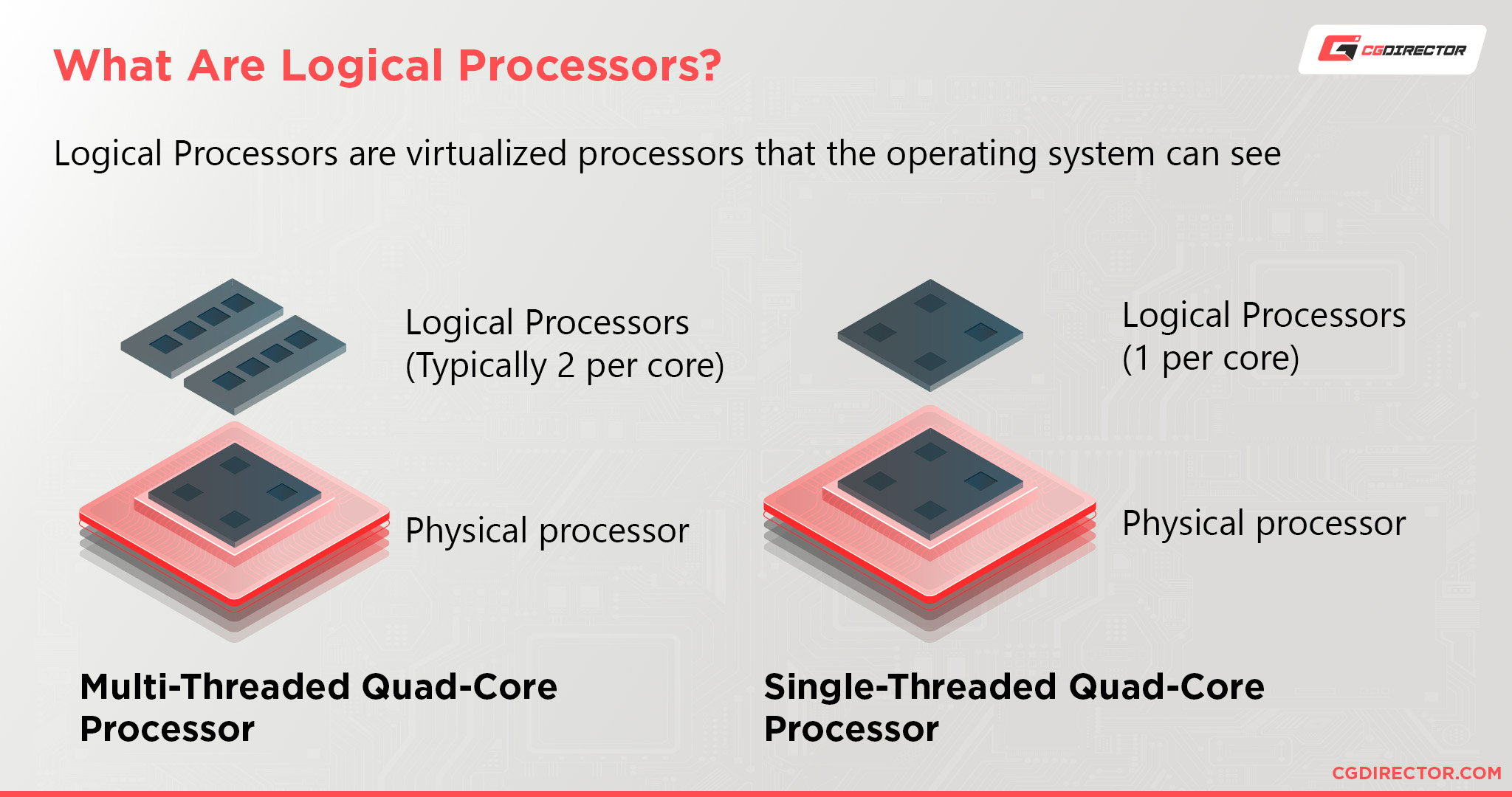
Simultaneous multi-threading (commonly referred to as SMT) is an AMD technology that works in a similar manner but is not quite as efficient.
How to Check How Many CPU Cores and Threads are In Your CPU?
There are multiple ways for you to check how many cores and threads your particular processor has:
Task Manager in Windows OS
Enter Windows Task Manager by either pressing CTRL+ALT+DEL and choosing it from the list, or directly by pressing CTRL+SHIFT+ESC. Click on More Details in the bottom left (if you don’t have it on by default) and select the Performance tab.
Once there, click on the CPU tab on the left. You are now presented with a ton of different information, including the number of (physical) cores and logical processors (cores).
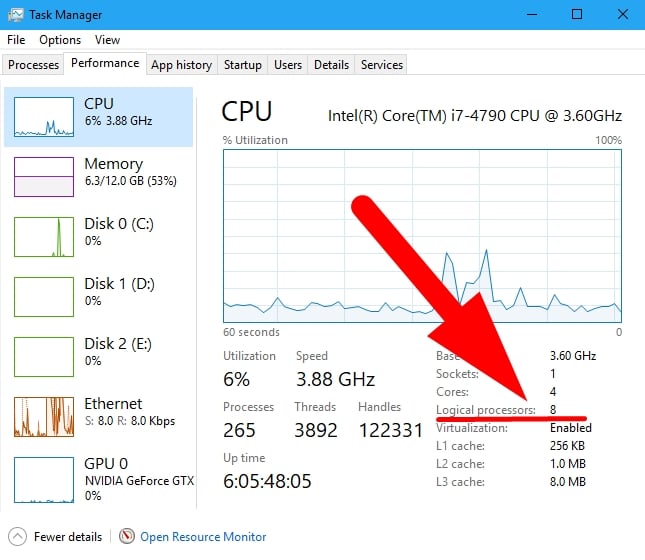
The Windows Taskmanager shows 4 cores, and 8 threads on this Intel CPU
We’re looking at Task Manager Performance stats for an Intel Core i7-4790. This particular processor has 4 physical cores and 8 logical processors, which means it supports Intel’s Hyper-Threading technology.
Not all CPUs will come with 2 threads per core, though, and there are also things like P- and E-cores in a single CPU, which means some cores have hyperthreading and some don’t.
Our Intel P- vs. E-Core Article has some in-depth info on this subject if you’d like to learn more.
CPU Specifications
If you don’t have access to your PC right now and are eager to find out how many cores and threads you have at your disposal, you can always find an answer through a quick Google search- provided you know your CPU model.
If you know your CPU model, finding its specification sheet will only take about a minute!
For instance, here’s the official specification sheet for the aforementioned Intel Core i7-4790. It includes all information available from the Task Manager and then some.
System Information in Windows OS
If you’re a Windows user, you can also find out how many cores and threads your CPU has by opening your System Information. This nifty little app will provide you with everything you’re looking for!

System Information
It’ll also give you a rundown of your system, and that includes your motherboard model, amount of RAM, total virtual memory, BIOS version, and so on.
Just type in “sysinfo” or “system info” into your Windows search bar to launch it.
Third-Party Software
Last but not least, you can examine your core and thread count with third-party software.
CPU-Z is a fine example; it does the exact same thing as System Information but in a more visually palatable way (and it’s free, too).
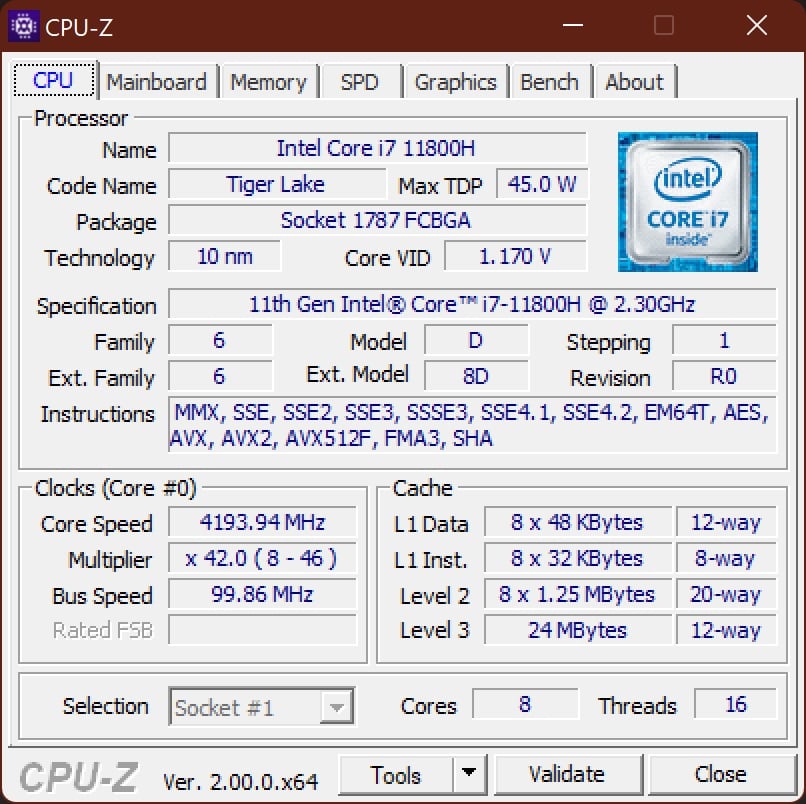
Intel Core i7-11800H result in CPU-Z
CPU-Z also gives you information about your CPU’s max TDP (thermal design power), clock and cache info, core voltage, and much more.
Conclusion
To summarize: CPU cores are physical components of your processor.
CPU threads, on the other hand, represent the number of logical processing cores or, to put it a bit differently, the number of processes your CPU cores can handle.
As for how many CPU cores and threads should you have, I’m afraid it all depends on your workload. Fortunately, we’ve written an in-depth guide on just that.
FAQ
How Do I Check My Number of CPU Cores and Threads?
There are four simple ways for you to check how many cores and threads your CPU has:
- Through System Information
- Through Windows Task Manager
- With third-party software like CPU-Z
- By checking the official spec sheet of your CPU
How Many Cores Do I Need in 2022?
That depends on your workload.
If you’re gaming or 3D modeling, or running any kind of demanding workload, your tasks will typically benefit more from higher clock speeds than a higher core count. These types of tasks usually max out at four cores, although it varies wildly from one program to the next.
As for passive workloads like CPU-based rendering, you’ll be able to use all of your cores and threads; hyper-threading and SMT should, therefore, be at the top of your list of priorities.
What’s the Difference between CPU Cores and Threads?
In short, the only difference is that CPU cores are physical components, whereas threads are their virtual counterparts and are in charge of improving efficiency and helping out with complex workloads.
Over To You
Have you found out the core and thread count of your CPU? Will the numbers suffice for your workload and use-case scenario? Leave a comment below or on our forum and let me know if you have any other questions.
![How Many CPU Cores & Threads Do You have? [How To Check] How Many CPU Cores & Threads Do You have? [How To Check]](https://www.cgdirector.com/wp-content/uploads/media/2022/06/How-Many-CPU-Cores-and-Threads-Do-You-Have-How-to-Check-Twitter-1200x675.jpg)
![How to Get a CPU Cooler off of a CPU [Un-stick Glued-On Cooler] How to Get a CPU Cooler off of a CPU [Un-stick Glued-On Cooler]](https://www.cgdirector.com/wp-content/uploads/media/2024/03/How-to-get-CPU-Cooler-off-CPU-Twitter-copy-594x335.jpg)
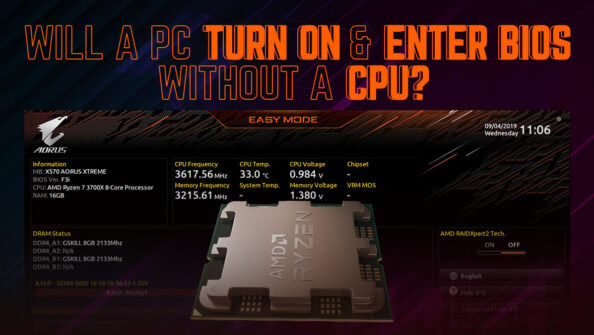
![“Best” PC Bottleneck Calculators [CPU/GPU]: Do they even work? “Best” PC Bottleneck Calculators [CPU/GPU]: Do they even work?](https://www.cgdirector.com/wp-content/uploads/media/2024/01/Best-PC-Bottleneck-Calculators-CPUGPU-Explained-Twitter-594x335.jpg)
![Best CPU for Video Encoding [2024 Update] Best CPU for Video Encoding [2024 Update]](https://www.cgdirector.com/wp-content/uploads/media/2022/02/Best-CPU-For-Video-Encoding-Twitter-594x335.jpg)

1 comment
13 February, 2025
Nice.. thanks